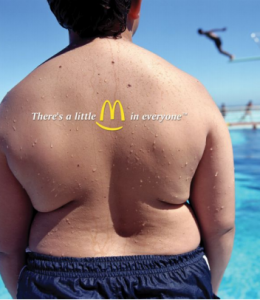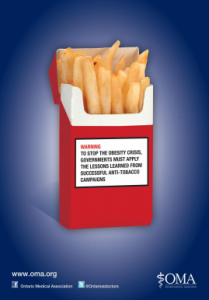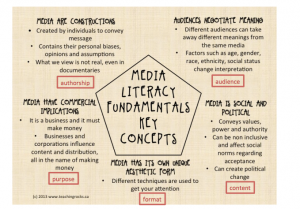Culture Jamming is a great way to teach students to think critically about the messages that are being portrayed in popular media. It draws attention to the power of media, and its influence on society, particularly to our values and personal views surrounding consumerism. In a unit teaching about critical media literacy, culture jamming popular advertisements would be a great activity for students of any age. For example, the teacher can provide students with popular images, and ask students to analyze the messages they portray. Then student can modify or add to the images to create a meaningful critique of popular media. Look below for some examples!

h#ps://www.adbusters.org/content/theres-li#le-mcdonalds-everyone

http://pure.au.dk/portal-asb-student/files/99819881/201306600.pdf

h#ps://www.oma.org/Resources/Documents/Fries%20Obesity%20Warning.pdf

https://www.pinterest.com/pin/168533211036207545/
